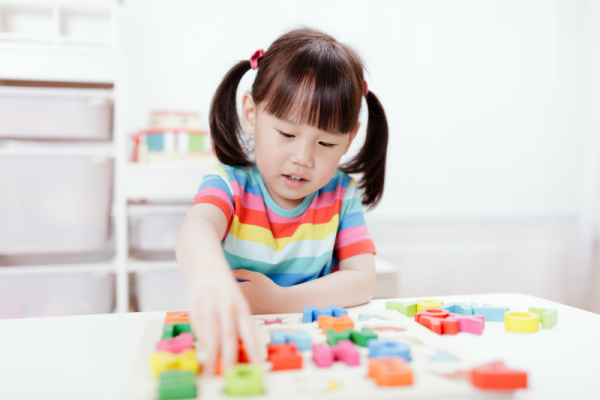
As a stay-at-home mom, you play a crucial role in your child’s early development and education. Creating an effective at-home preschool curriculum can be rewarding and challenging, but with the right strategies, you can set a strong foundation for your child’s future learning journey.
In this article, we’ll explore various ways to design an engaging and well-rounded curriculum that nurtures your child’s growth, focusing on incorporating STEM (Science, Technology, Engineering, and Mathematics) ideas into their learning experience.
The Power of a Well-Designed Home Preschool Curriculum
Crafting a comprehensive preschool curriculum at home provides your child with a stimulating environment that encourages learning and curiosity. Your role is not just that of a caregiver but also a teacher. A well-structured curriculum helps in:
Holistic Development
A balanced curriculum addresses various aspects of early childhood development, including cognitive, social, emotional, and physical growth.
Curiosity Cultivation
A thoughtful curriculum sparks your child’s curiosity, fostering a love for learning that will stay with them throughout their lives.
Structured Learning
Structured activities provide routine and predictability, essential for young children’s sense of security.
Preparation for School
An at-home curriculum can lay the foundation for future academic success by introducing concepts that will be built upon in later years.
Incorporating STEM Ideas
STEM education is gaining prominence for its ability to develop critical thinking, problem-solving, and analytical skills from an early age. Here are some creative ways to incorporate STEM ideas into your at-home preschool curriculum:
Simple Science Experiments
Conduct age-appropriate science experiments using household items. For instance, create a baking soda and vinegar volcano or explore the concept of buoyancy by making different objects float or sink in a water basin.
Nature Exploration
Take nature walks in your backyard or at a local park. Collect leaves, rocks, and flowers to study and categorize. Observe birds and insects to spark discussions about their characteristics and habitats.
Building with Blocks
Encourage engineering skills by providing blocks, Legos, or other construction toys. Challenge your child to build towers, bridges, or even simple machines.
Math in Daily Life
Incorporate math concepts into everyday activities. Counting toys, sorting socks by color, or measuring ingredients while cooking promote basic math skills.
Language and Literacy Activities
Language development is another crucial aspect of your preschooler’s education. Engaging in language-rich activities can significantly enhance their vocabulary and communication skills.
Read Aloud
Set aside dedicated reading time each day. Choose various age-appropriate books and read aloud enthusiastically, encouraging your child to ask questions and make predictions about the story.
Storytelling
Foster creativity by encouraging your child to make up their own stories. This not only enhances language skills but also imagination.
Letter Recognition
Introduce letters through games and activities. Play “I Spy” with letters around your home, or create a letter scavenger hunt.
Rhyming Games
Teach phonemic awareness through rhyming activities. Use nursery rhymes or come up with your own rhyming words.
Art and Creativity
Art activities offer a wonderful outlet for self-expression and creativity. They also play a role in developing fine motor skills and hand-eye coordination:
Craft Time
Engage in simple crafts like finger painting, playdough sculpting, or making collages using materials like magazines, buttons, and yarn.
Music and Movement
Incorporate music into your curriculum. Sing songs, dance, and introduce basic musical instruments to develop rhythm and coordination.
Dramatic Play
Encourage imaginative play by providing dress-up clothes, puppets, or props that allow your child to act out different scenarios.
Social and Emotional Learning
Teaching social and emotional skills is equally important during these formative years.
Emotion Exploration
Discuss and label emotions with your child. Use storybooks to explore different feelings and discuss how characters handle them.
Turn-Taking Games
Play games that involve taking turns to develop patience and social skills.
Problem-Solving Play
Engage in puzzles and games that require critical thinking and problem-solving. This can be anything from jigsaw puzzles to simple logic games.
Creating an at-home preschool curriculum tailored to your child’s needs is a rewarding endeavor that will positively impact their development. Incorporating STEM ideas, language and literacy activities, art and creativity, and social and emotional learning into your curriculum provides a well-rounded educational experience that prepares your child for future success.
Remember, as a stay-at-home mom, you have the unique opportunity to make a lasting impact on your child’s learning journey. Embrace this role with creativity, patience, and love, and watch your child flourish.
What are your plans for teaching preschool at home? Do you have a preschool curriculum to start with?
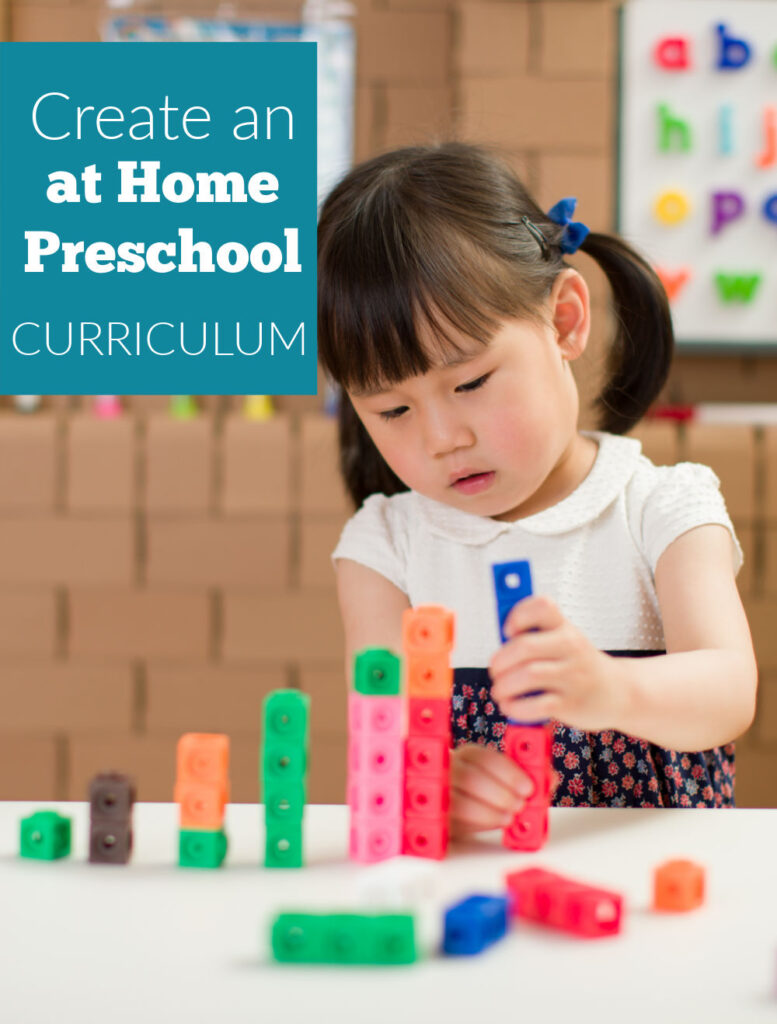

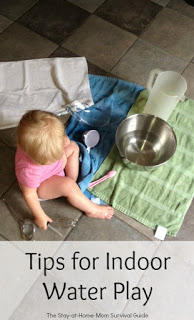

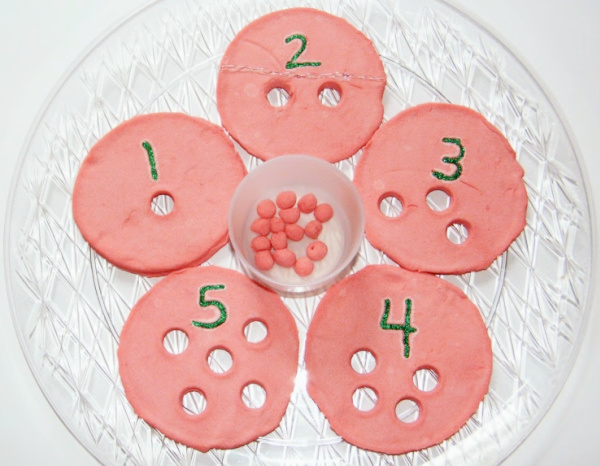

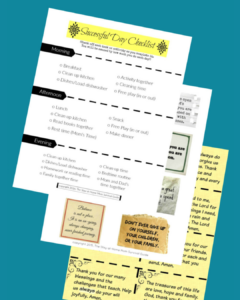

Thank you for this! This is a great resource!! It gets me excited to homeschool our daughter.
That is my goal, so I am so excited for you!